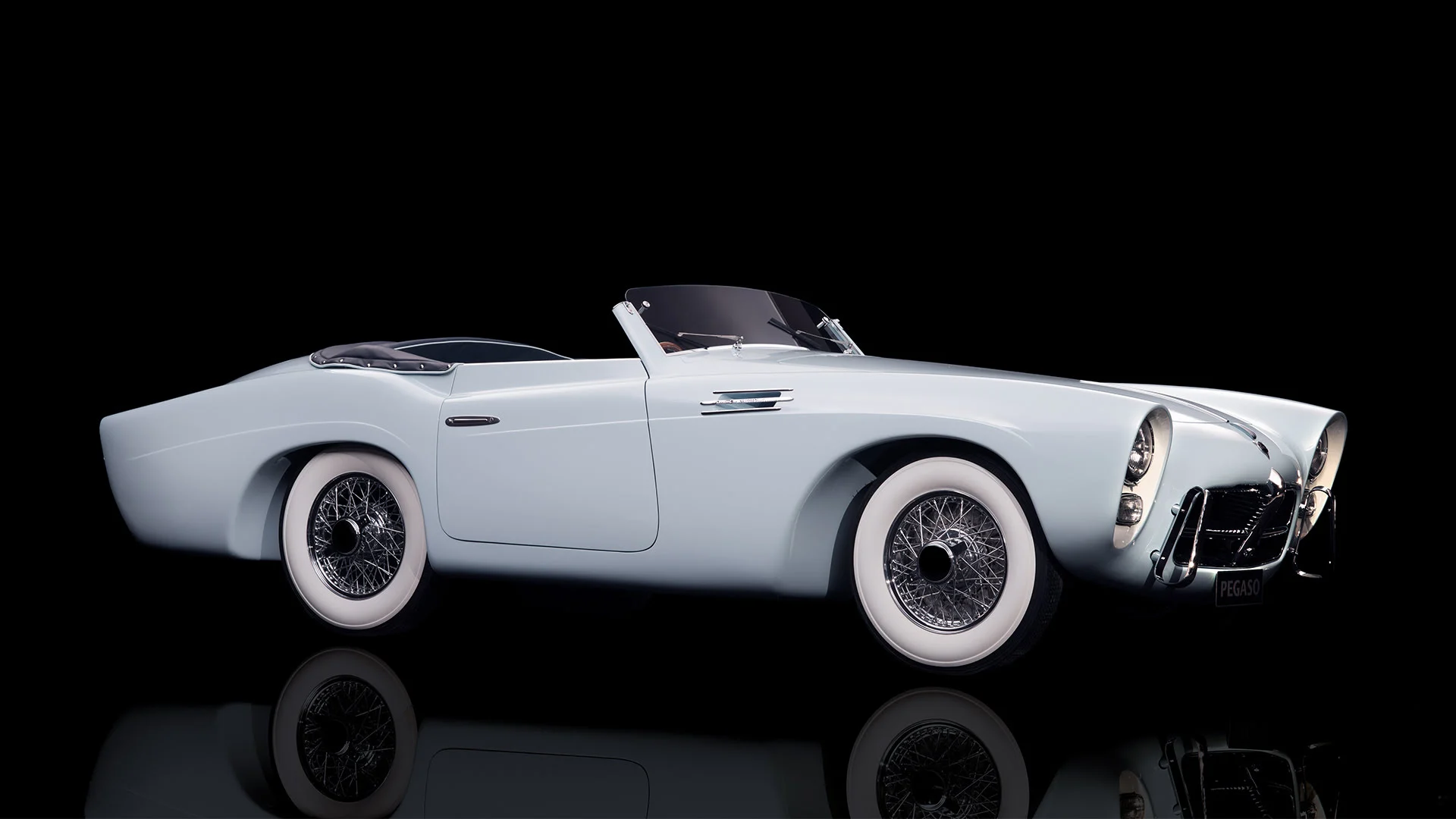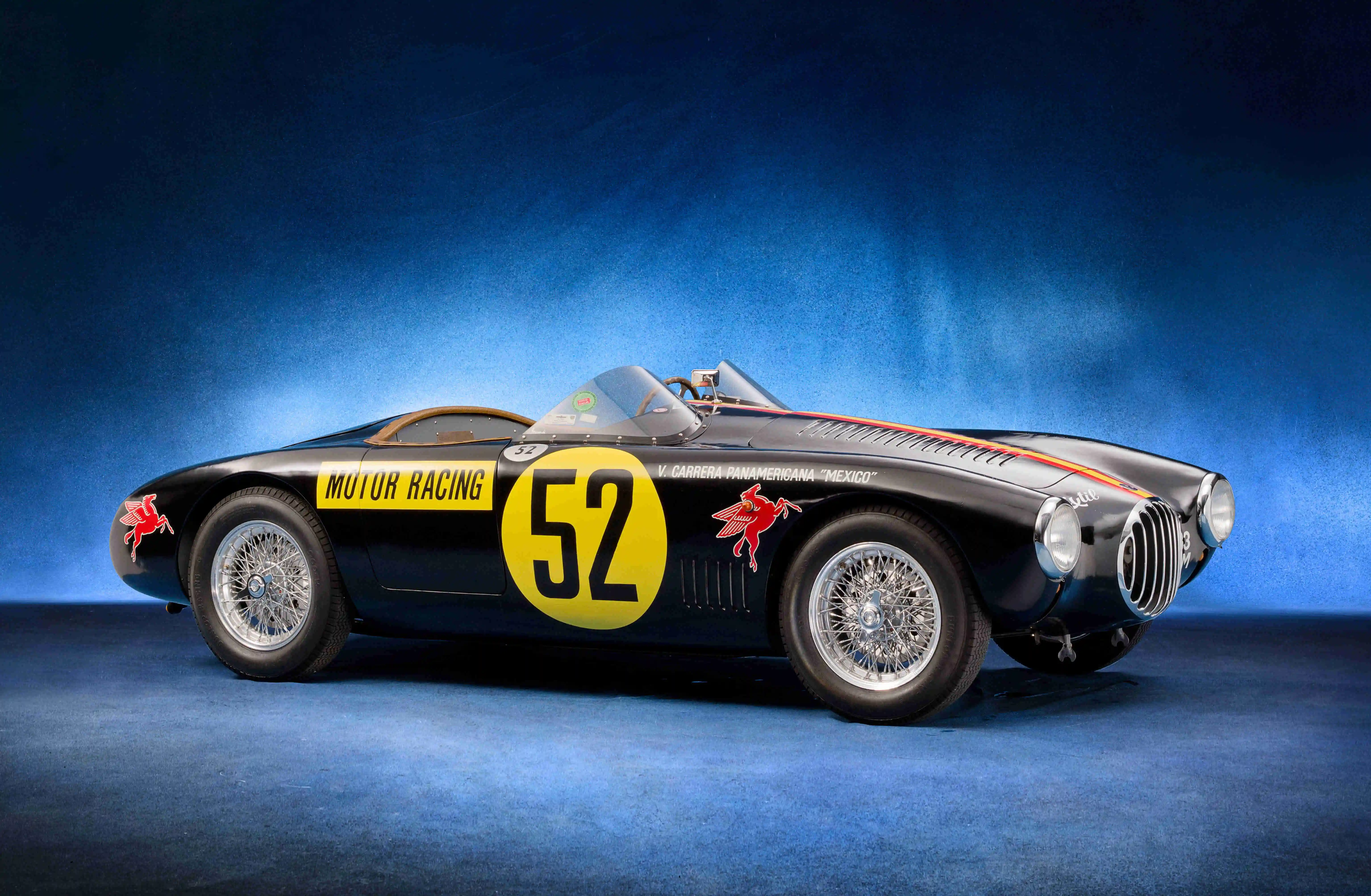The Nostalgia of Forgotten Gods. Pegaso (cars), Spain, 1946-1957
17 February 2024 2 min read 4 images

Photo credit: Pegaso, RM Sotheby’s, Wheelsage
Spanish manufacturer Pegaso, which produced luxury sports cars from 1946 to 1957, will be represented by one of the most significant models in its history, the Z-102, at The I.C.E. Concours d'Elegance in St. Moritz on February 23 and 24. The car that will be competing is an important and original example the one that is part of Fritz Kaiser's collection, the last car produced by Saoutchik open and with a lowered windshield that gives it special flair.
Register to unlock this article
Signing up is free and gives you access to hundreds of articles and additional benefits. See what’s included in your free membership. See what's included in your free membership.
Already have an account? Log In


